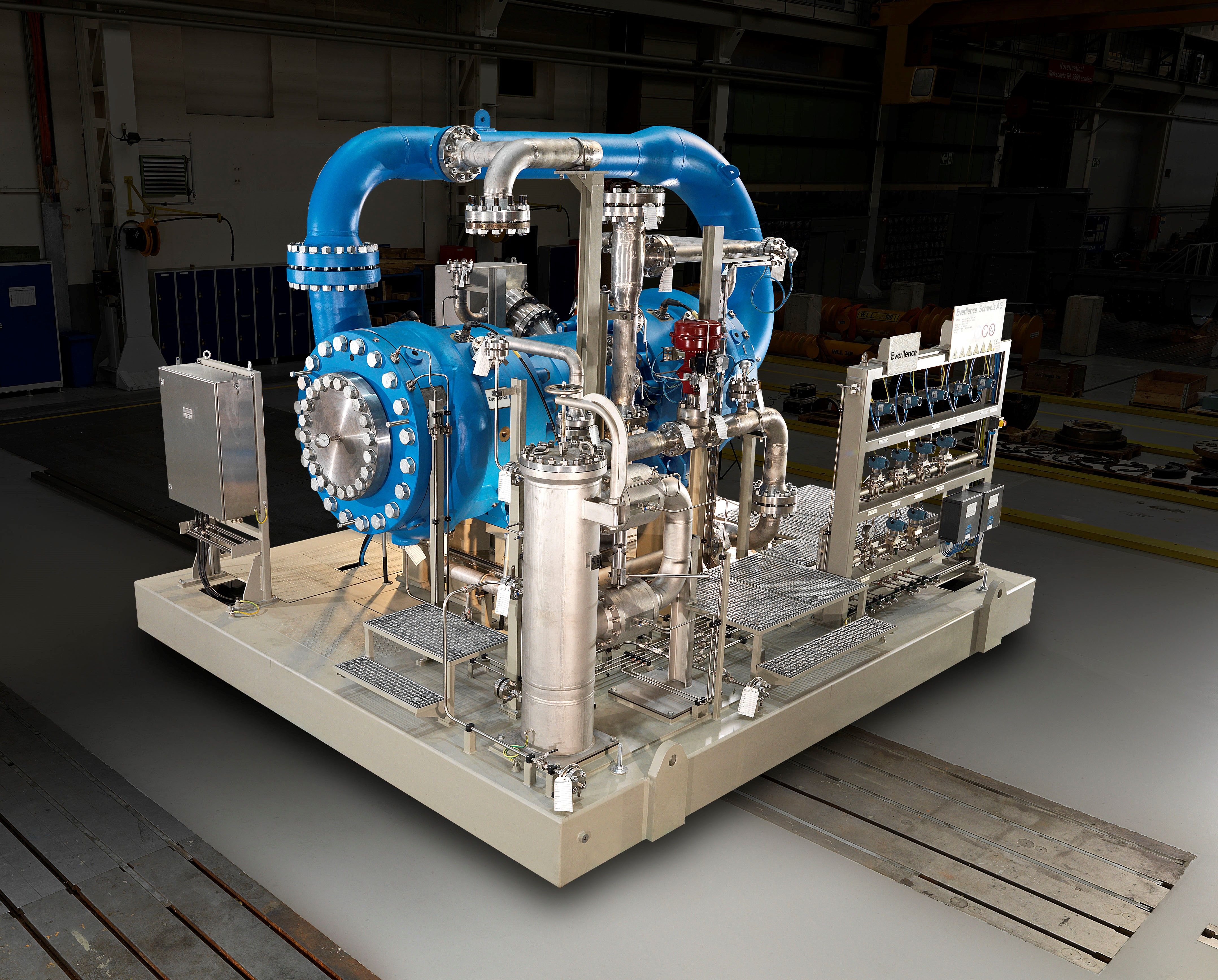News
Article
Bloom Energy Server Achieves High Electrical, Combined Heat-and-Power Efficiency
Author(s):
The carbon-free, solid-oxide hydrogen fuel cell produces electricity through direct electrochemical conversion, emitting less environmental pollutants than combustion technology.
Bloom Energy is offering a new solid-oxide fuel cell (SOFC) platform that uses 100% hydrogen with approximately 60% electrical efficiency: the Bloom Energy Server power solution. Engineers achieved this efficiency rate at the company’s research and development facility in Fremont, CA. Bloom’s 60% electrical efficiency will allow wider adoption of hydrogen fuel, as hydrogen-natural gas blends reduce CO2 emissions and future-proof the path toward a hydrogen economy.
“With our high-efficiency electrolyzer and Bloom Energy fuel cell technology capable of running on natural gas and hydrogen blends, this achievement builds on our position in the hydrogen industry,” said Ravi Prasher, Chief Technology Officer for Bloom Energy.
The Bloom Energy Server is also suitable for combined heat-and-power, enabling customers to utilize high-temperature heat. Customers can use high-temperature heat for various applications, such as operating absorption chillers, industrial processes, and heating services. Upon full utilization, the SOFC technology’s combined efficiency reaches 90%.
Energy Server; Image Credits: Bloom Energy

Carbon-free hydrogen SOFC technology for electricity production enables constant clean power with other renewable electricity sources. It produces electricity through direct electrochemical conversion and leads to high electric efficiency and lower environmental pollutants compared to combustion technologies, such as turbines and reciprocating engines.
Other Bloom Energy News
In June 2024, Westinghouse Electric and Bloom Energy agreed to explore, identify, and implement clean hydrogen production projects across the commercial nuclear power market and jointly develop an optimized, large-scale, and high-temperature integrated electrolysis solution for the industry.
Hydrogen generated from nuclear plants can be applied to several industries, including renewable fuels production, oil and metals refining, ammonia synthesis, mining operations, and mobility for heavy trucks, buses, and air travel. Westinghouse and Bloom can also support the U.S. Department of Energy’s hydrogen hub development.
Prior to this agreement, in March, Bloom Energy partnered with Shell to study decarbonization solutions with its proprietary hydrogen electrolyzer technology. The companies will collaborate to develop replicable, large-scale, solid oxide electrolyzer (SOEC) systems that will produce hydrogen for use at Shell assets.
Bloom’s SOEC can produce clean hydrogen at scale to augment or replace fossil fuel-powered grey hydrogen supplies, which are produced at refineries by high CO2-emitting steam methane reformation. Clean, or green, hydrogen is produced from water electrolysis using renewable energy. Electrolysis-driven hydrogen production helps to eliminate greenhouse gas emissions.
Lastly, in January 2024, Bloom Energy and SK ecoplant agreed on terms-of-sale for Bloom’s solid oxide electrolyzer technology to utilize hydrogen as a fuel source in a large-scale green hydrogen demonstration. The demonstration will be conducted by Korean Southern Power (KOSPO) and the local government.
Scheduled for operation in 2025, the demonstration includes 1.8 MW of Bloom’s SOEC for the development of green hydrogen on Jeju Island, South Korea. SK and Bloom plan to combine the electrolyzer technology and engineered infrastructure to produce transport-ready hydrogen fuel. Jeju Island is a large market for renewable energy projects.
Newsletter
Power your knowledge with the latest in turbine technology, engineering advances, and energy solutions—subscribe to Turbomachinery International today.





